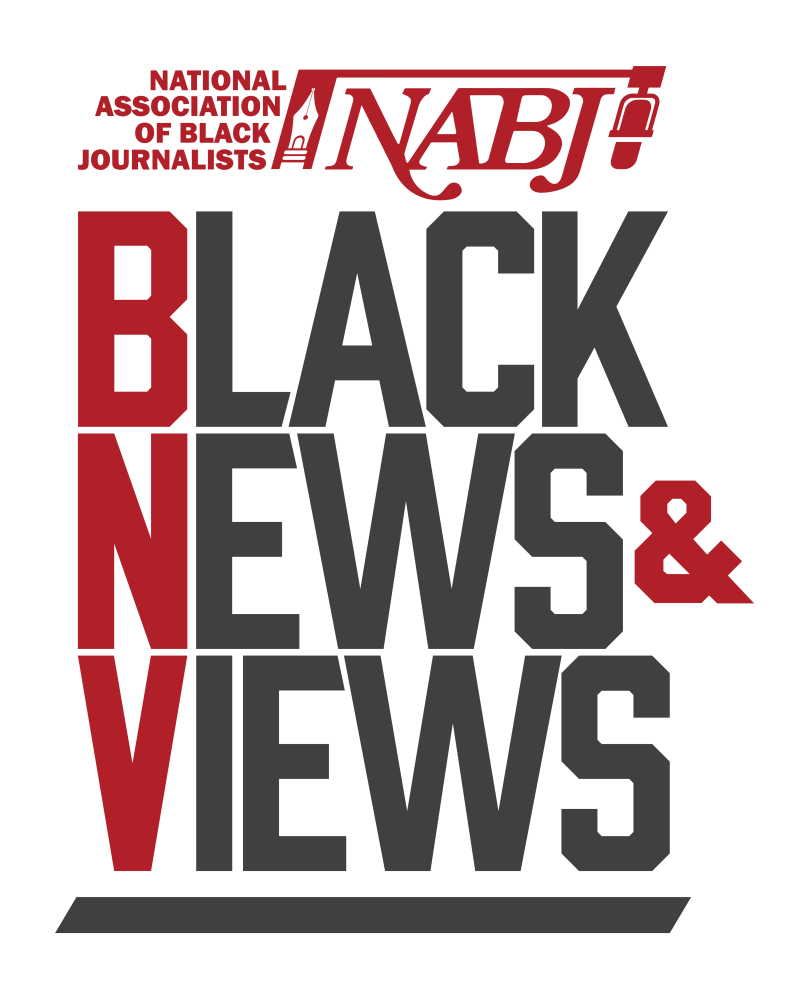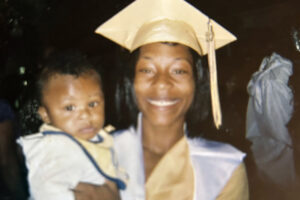By Leona Dunn
NABJ Black News & Views
The pandemic has not only disrupted normal processes for raising funds for breast cancer research, but in the scientific world it has really turned things around.

According to the Sisters Network, one of the oldest and largest African American breast cancer survivorship organizations, effective programming consists of changing policy, and providing funding to people.
“I can say this is the first year that we’re getting a larger portion of funds in all areas for outreach in our communities. It has been a more positive year for our programs to be funded prior to any other years,” said Karen Jackson, CEO of the Sisters network.
Yet during a financial uplift, the participation of people in need went down, also in part due to the pandemic. “Outreach and getting people to react positively to the outreach has been hard, and it’s crazy to me because in recent years its always been vice versa,” Jackson said.
One of the main goals of the network’s programming has been providing breast cancer screening access for any woman that wants it. To do this, they raise funding for 2D mammograms, 3D mammograms, ultrasounds and MRIs for the screenings which are the most common way to find breast cancers in the earliest and most survivable stages.
The lack of participation for free mammograms and other breast screenings they have seen this year follows a national trend of patients missing out on their annual physicals and checkups.
According to Jackson, the reason is partly due to the fear of contracting the coronavirus or getting sick after visiting a medical facility.
Underfunding
“Individually as an organization, our issue for getting women mammograms has always been being underfunded. That has always been one of our main problems with getting the women what they need. Now we’ve got it and we find ourselves frustrated with having the money, but not the participation when it was always in reverse. This is a dilemma we had not had to face before,” Jackson said.
Before 2021, Sisters Network had always asked for separate funding for mammograms, but the request had been denied and those tests had to be funded within the programming budget.
The cost of an average mammogram is $100 and an average chest MRI is $700, according to Health Affairs, a data reporting company.
Now renewed public attention on public health has private organizations looking for socially conscious ways to give, according to the recently released 2020 annual report of philanthropy.
Pharmaceutical companies, in particular, have been heavy on supplying research funding. Those companies have been mainly funded by local governments globally as the world tried to tackle the latest coronavirus.
On the back end of that research there have also been large losses in other areas of study. Usually when a company is raising funds for a research area such as breast cancer, the money goes to labs countrywide that employ or recruit scientists.
These scientists have dedicated their lives to studying the most basic biology of a cancer cell to collecting and reviewing data that can impact the formation and treatment of those cells through studies.
The studies are usually pitched by scientists that have specific research proposals. The research only gets picked up to do if someone is willing to fund it.
Taking a risk

That’s why some foundations like Susan G Komen are known for funding more ‘high risk’ studies that may be too much of a risk for traditional funding sources like the government to take on.
During the pandemic, the active global scientific community was asked to temporarily devote their time to helping create the COVID19 vaccine, because that is where most of the resources were going.
But there was a part of the community forced into inactivity, because of all the unknowns the virus brought into the labs of other field studies.
Third-year Meharry Medical College student, Oyindayo Hassan, got a research opportunity to study dermatology in Washington, D.C. for the summer of 2020, before the pandemic effectively canceled her summer plans.
“At the beginning, you have to remember, no one really knew what was going on, so in medical school we went home just like everyone else, and it just didn’t affect student research projects but also teachers studying in labs,” Hassan said.
“A lot of stuff was finicky like one day it’s oh you got to wear your mask the next day it’s, oh, actually let’s only reserve labs for the health professionals. And I think there was just a lot of things that we weren’t sure of. So the best way to prevent anything was just shut it down. And a lot of times in labs you have multiple people working in close, close vicinity,” Oyindaya said.
Closing down labs had a major impact on areas of research from a funding perspective as well.
The European parliament asked for canceled research fund projects to be reoriented toward covid-19 research projects or used to meet the cost of reorienting scientists for remote working opportunities, according to the European Union’s flagship research programme. In America funds were also being reallocated.
Hassan said the pandemic gave some medical research students hands on opportunity to participate in contact tracing (which sounded very scary when this all started up). It was an opportunity she personally declined.
Research gains
But even though most research labs and programs, like her dermatology opportunity, slowed or stopped because of the inconvenience of a world-wide pandemic, it didn’t stop any area of study completely as it gave more researchers time to read more on what’s already been done and catch up on more hands-on projects.
In the end, even breast cancer research still made some gains within this last year. Four new drugs have been approved by the FDA for breast cancer patients since Spring 2020.
“With science and most all other things, you need policy, people, and money to work together to solve these big societal issues we face. There will always be challenges, but with challenges comes progress,” Jackson said.
“What we can learn and organizations are learning now, is that when you get what you ask for, you should be even more prepared for challenges you never even thought of. I just hope that while the funding is here, we can also get the people back in here to use it.”








